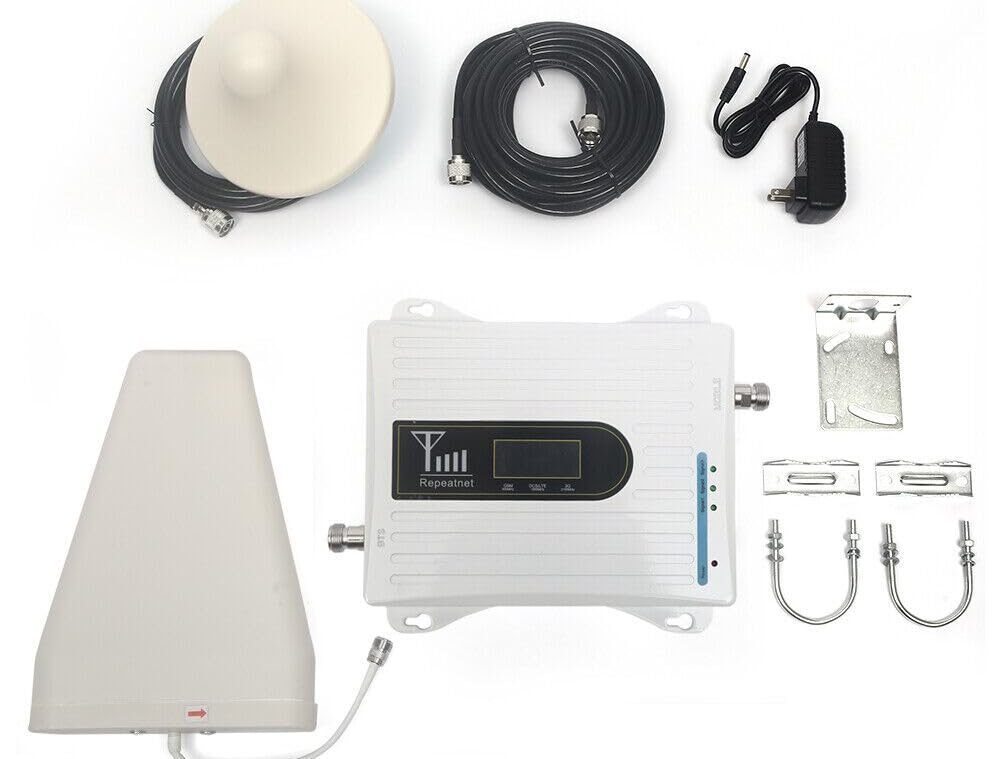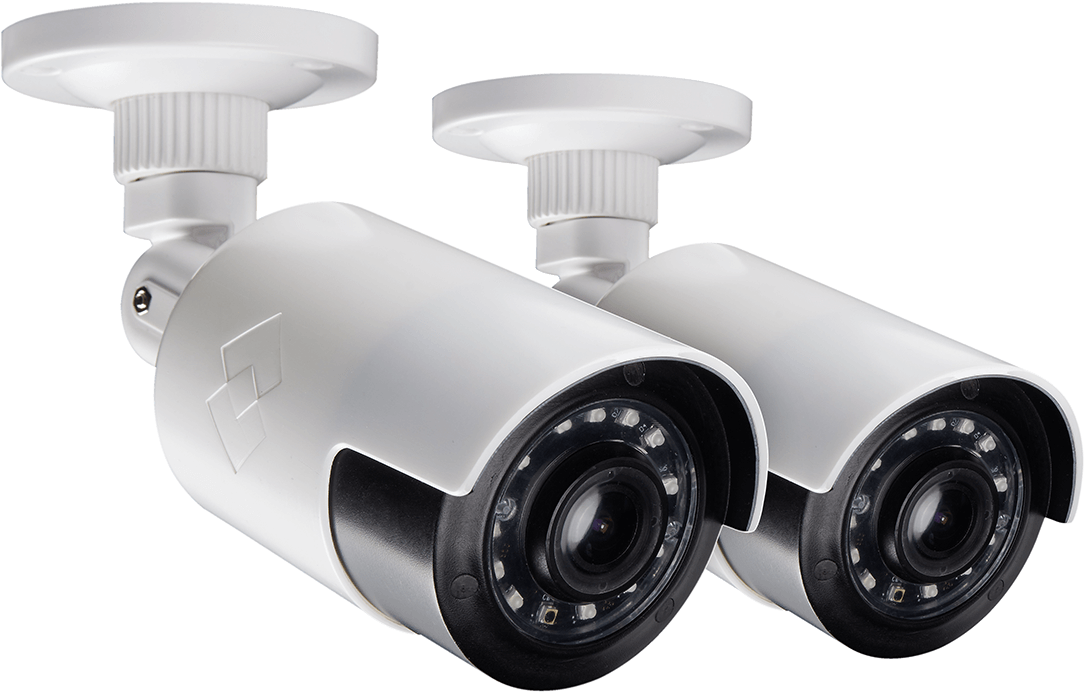Network Systems

Network systems are critical components of any modern business, enabling organizations to share resources, communicate, and perform essential tasks efficiently. A network system connects multiple devices such as computers, printers, and servers within an organization, allowing seamless communication, data sharing, and collaboration. With the growing reliance on digital solutions and the internet, businesses must have robust and secure network systems to stay competitive.
How Siebens Can Meet Your Network Needs
At Siebens, we provide cutting-edge network systems tailored to your business’s specific requirements. Whether you’re looking for a simple LAN for a small office or a complex WAN for a multinational organization, Siebens offers:
- Customized Network Solutions: We design network systems that meet your organization’s unique requirements, ensuring optimal performance and scalability.
- Advanced Technologies: Our solutions include the latest in network virtualization, SDN, and cloud networking, allowing your business to stay ahead of the curve.
- Security: We prioritize network security by incorporating firewalls, encryption, and VPNs to protect your data and ensure compliance with industry standards.
- Ongoing Support: Our team of experts is available to provide continuous monitoring, troubleshooting, and upgrades to ensure your network remains efficient and secure.
Types of Network Systems
Local Area Network (LAN): A LAN connects computers and devices within a small geographic area, such as an office, building, or campus. LANs provide fast and efficient communication within a limited area. Examples of LAN include:
- Office Networks: Where employees share files, printers, and other resources.
- School Networks: Where students and teachers can access shared resources like digital libraries or online learning platforms.
Wide Area Network (WAN): A WAN spans a large geographical area, connecting multiple LANs together. WANs use leased telecommunication lines to link different offices, buildings, or even cities. They are often used by businesses that operate in multiple locations. Examples of WAN include:
- Global Corporate Networks: Connecting branch offices across different countries.
- Telecommunication Networks: Used by telecom companies to provide internet access to a large number of customers.
Metropolitan Area Network (MAN): MANs cover a larger geographic area than LANs but are smaller than WANs. They are typically used to connect multiple buildings within a city or region. For example:
- Citywide Networks: Connecting government offices or educational institutions within a metropolitan area.
Cloud Networks: Cloud networking refers to the use of cloud computing resources to build and manage network infrastructure. Businesses can host their applications, data, and services in cloud environments, allowing for greater flexibility, scalability, and cost-efficiency. Examples include:
- Amazon Web Services (AWS): A cloud platform that provides scalable computing and storage resources.
- Google Cloud: A suite of cloud services for computing, storage, networking, and AI.
Modern Network Technologies
With the rapid advancement of technology, network systems have evolved significantly. Here are some key technologies that are transforming network systems:
Software-Defined Networking (SDN): SDN is an approach that allows for the centralized control of network traffic by separating the network’s control plane from the data plane. This makes it easier to manage and configure large, complex networks. It improves flexibility, allowing network administrators to quickly adapt to changing needs and deploy new services faster.
Network Virtualization: Network virtualization abstracts network resources from the underlying hardware, enabling multiple virtual networks to run on the same physical infrastructure. This technology improves network efficiency, scalability, and security.
Internet of Things (IoT): IoT devices, such as smart sensors and connected appliances, rely on robust network systems to communicate and share data. IoT networks require efficient design and management to handle large volumes of data from diverse devices.
5G Networks: The next generation of mobile networks, 5G, offers faster data transfer speeds, lower latency, and higher capacity. Businesses can leverage 5G for real-time communication and advanced applications like virtual reality (VR) and augmented reality (AR).
Examples of Network Systems in Use
Corporate Office Network (LAN/WAN): Large corporations typically use a combination of LANs and WANs to ensure smooth communication between departments and across branches. For example, a multinational company may have local networks at its head office and branch offices, connected via a WAN to enable global communication.
Banking Networks: Banks use highly secure and complex network systems to manage data across multiple locations. These networks handle sensitive customer information, enabling online banking, ATMs, and transaction processing. Such networks are often a mix of LANs, WANs, and VPNs for secure remote access.
Educational Institution Network: Universities often have large LANs spread across multiple buildings, providing students and staff with access to shared resources like online courses, digital libraries, and research databases. They may also use VPNs to allow remote access to these resources.
E-Commerce Networks: Online retailers like Amazon rely on advanced network systems to manage vast amounts of data, including customer transactions, inventory management, and shipping information. These networks need to be highly scalable, reliable, and secure to support a global customer base.
Hospital Networks: Healthcare facilities use network systems to manage patient data, medical records, imaging, and communication between different departments. Secure, reliable networks are crucial in healthcare, where real-time data access can be life-saving.









